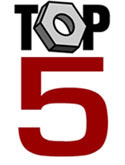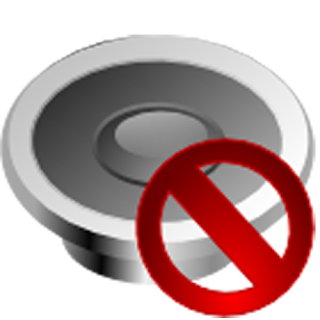
If you have a PC, then you have most likely suffered from computer problems. Most people have accepted that there PC will eventually crash due to a virus or some massive error. However this is a myth. Your PC is built to last more than a decade. However you must keep well tuned for it to make its third birthday. Nevertheless, most people would rather buy a shiny new PC rather than spend an hour trying to fix computer problems on there 2 year lap top or desktop. After another two year after their purchase lack of maintenance will cause their new PC to lose its performance speed. Whats next you guess, $3000 Windows Vista Ready PC. This is known as the consumer vicious cycle.
Why have does your computer have problems?
Well, the biggest problem that your computer has is its owner. More than 80% of computer problems stem from neglecting to perform simple maintenance task such as cleaning your registry, emptying your cache files and updating software regularly. If these task a perform diligently. You would be reading this article from a five year old machine running on Windows 98 operating system. So, lets take a look at the top five computer problems and how to avoid them.
1. Computer has performance has slowed.
This is the number one complaint from most users. There are several reason why this has occurred. However, most can attributed to lack of maintenance. Fragmented data, corrupted registry, spyware, and load of unnecessary programs and services running can all eat away at your PC speed and performance. Manage your programs and cleaning your registry would easily award you a 30% gain in performance speed. Check out The 4 ways to speed up my computer
2. Lockup, freezes, and blue screens of death.
This is a another common computer problem. However, this particular issue is a bit more serious; therefore, it needs a few diagnostic steps. In most cases this problems are caused by spyware. To avoid this problem update your anti-spyware program daily. Having the most up to date signatures will help you avoid having a serious spyware problem. However, if you have concluded that your PC is spyware free. You should update your hardware drivers. The computer cannot communicate with various hardware components without an up to date driver. When it cannot find a driver, the CPU locks up. Also, increasing your virtual memory can also help to avoid freezes. Virtual Memory will allow to you get more use out your computer's RAM. Check the resource box for more info on the subject.
3. The computer spontaneously reboots or turn itself off.
This computer problem can be usually attributed to a hardware issue. Usually its the power supply is dying or in most cases a dirty or defective cooling fan. The computer trying to cool itself by automatically switching off. So, if you feel a bit of extra heat coming out the computer. Clean the fan and make sure it running properly. If your fan is functional, check your power supply. Also, you will be surprised how many people fail to make sure the cables are attached tightly. This be the cause of this particular computer problem.
4. Strange noises and vibrations.
This is almost totally a hardware issue. You computer is made up of thousands of parts. Its not unheard of that one of them can become unhinged. Overheating can cause expansion of wires and melt some sensitive. High pitch noises such as squealing or whining sounds can be cause electronic components. Whatever the reason, you conduct a small investigation. Remove the case and run the computer to discover the origin of the computer problem. If its not a simple matter such as a loose wire or fan issue, it may be time to call a computer tech.
5. Your home page, default search engine, or web browser has changed itself.
This is also known as "high-jacking". Spyware has been installed on your computer via social networking or from email link. This action has allowed spyware to install a java script into your web browser. The spyware then sends a message to your browser to change your user settings. For example change your home page to another web page.
As you have discovered from reading the article, the most common computer problems can be handle quite easily by simple maintenance of your PC. Net time you are suffering from computer problems. Take a few minutes to run some diagnostic test before rushing out to computer technical center claiming your PC is broken. When all you need to do was just make sure it was plugged in.



